When “Ne Zha: The Devil’s Birth” hit theaters in 2019, it ignited a spark in Chinese animation. Fast forward to 2025, and its sequel, “Ne Zha 2: Battle in the Sea”, has done more than just continue a story — it has sparked a cultural movement.
“Ne Zha 2” has firmly established itself as one of the five biggest box office hits of all time. But behind its box office success lies a deeper story, one of cultural pride and global resonance.
The Theme of Rebellion Resonates Across Cultures
Ne Zha, known as 哪吒 in Chinese, as the rebellious child deity first introduced in the 17th-century Chinese classic “Fengshen Yanyi” (The Investiture of the Gods), has long symbolized resistance to fate and traditional authority.
His story tells of a boy who, unwilling to accept a destiny imposed by the heavens, confronts both celestial power and deeply entrenched social expectations — most famously through a dramatic act of self-sacrifice that defies Confucian ideals of filial piety.
As scholar Chengcheng You, a researcher at the University of Macau specializing in Chinese mythology and its animated reinterpretations, explains in his research that Ne Zha’s myth presents “an existential paradox of fate and freedom of action,” which continues to resonate with modern audiences navigating questions of identity, autonomy and generational conflict.
Media and Screen Studies Professor Nathan Blake from Northeastern University sees Ne Zha as part of a larger tradition of rebellious figures in global cinema. “I know certainly in terms of when we talked about Marvel movies, a character like Loki or these tricksters, rebellious figures are often the more interesting anyway.”
“There’s a kind of fantasy figure identifying with someone that breaks out of a strict social order, even if they ultimately may serve the greater good in a way. There’s a transnational appeal of characters that are either tricksters or rebellious or resist a status quo in some way,” Blake added.
This rebellious spirit also has struck a deep resonance with contemporary viewers. “The film’s message is clear: ‘My fate is mine to decide,’” said Chen Bao, an international student from China who watched the movie three times. “It teaches independence and the courage to fight against injustice.”
Yuqi Qin, a second-year student majoring in International Business at Northeastern University, echoed this sentiment. “He has always been about breaking through expectations. From mythology to this film, Ne Zha is unforgettable because he represents resistance and transformation.”
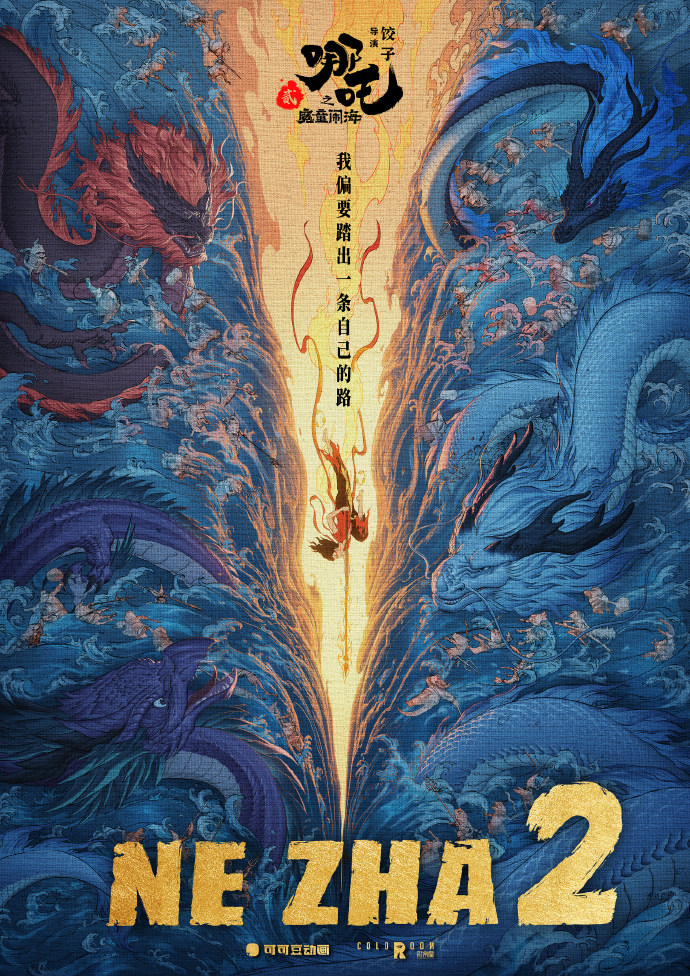
Emotional Appeal and Visual Effects
Though filled with epic battles and grand mythology, “Ne Zha 2” also tells an intimate story — one about love, sacrifice and the emotional ties that define us.
“I honestly did not expect to get emotional, but that scene really got to me,” said LA-based music producer Elijah Trust from Rednote. “When Ne Zha’s mother hugged him, even when he was still covered in thorns, and she died. It was such a powerful moment that showed the depth of love and sacrifice, and I was genuinely moved by it.”
For international students like Qin, the emotional connection was even more personal. “The scenes between Ne Zha and his mother reminded me of being away from home. As a student abroad, I really felt that longing and love.”
The film’s striking visuals have drawn widespread praise from both audiences and critics. With its fluid animation and carefully crafted action sequences, “Ne Zha 2” sets a new benchmark for animated filmmaking on the global stage.
“It completely exceeded my expectations. The animation was absolutely stunning—probably the best I have ever seen,” Trust said. “I had never watched an animated film like this in theaters before, and experiencing it in IMAX 3D made it even more immersive. Every frame was visually breathtaking, and I was blown away by how detailed and vivid everything looked.”
Bao also mentioned that the production team’s attention to detail was extraordinary. “Even a very small scene might take a year to create. They didn’t spare any effort or cost. That’s why it feels so immersive and competitive at an international level.”
Qin added, “The fight scene between Ao Guang and Ne Zha took over a year to produce just two seconds of animation. That level of craftsmanship is rare.”
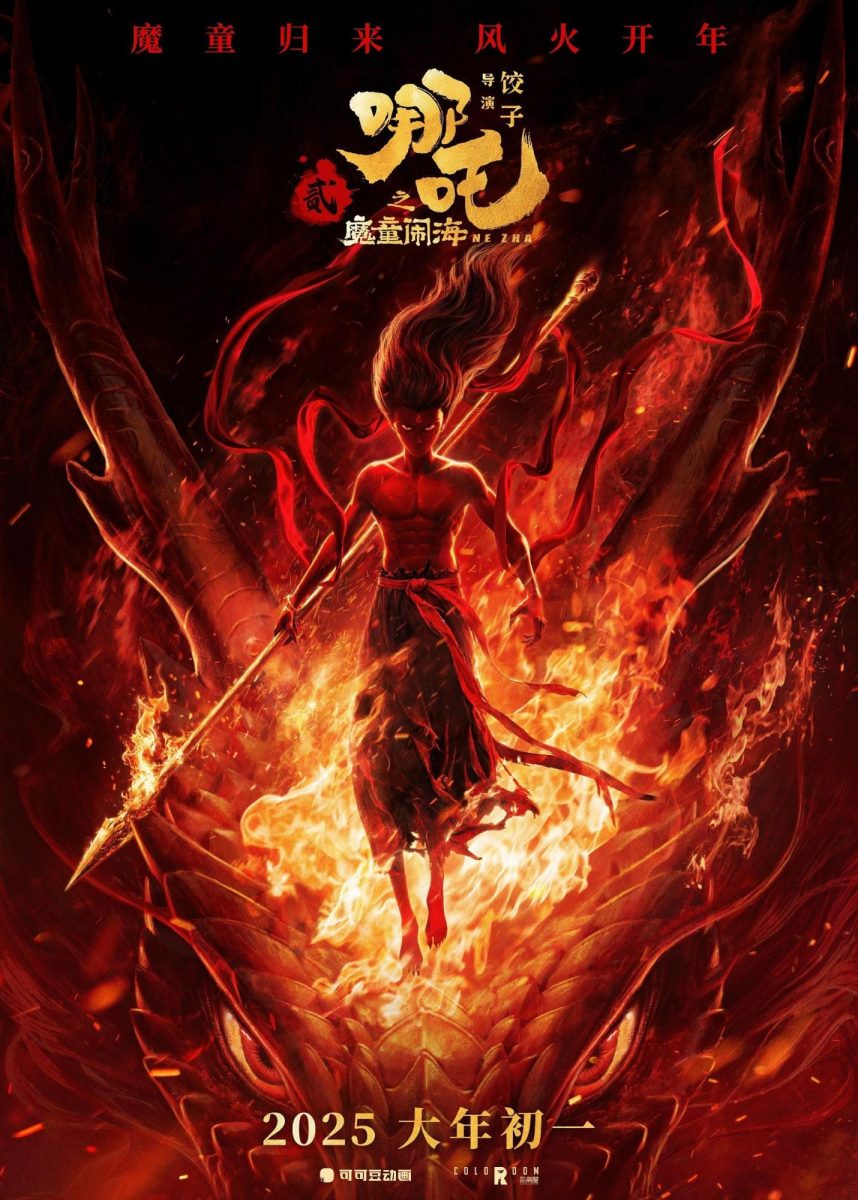
Cultural Depth Beyond Aesthetics
As noted by the China National Intellectual Property Administration, “the most outstanding contribution of Chinese animation lies in the continuous integration of fine traditional culture and ethnic arts into the animation’s character design, technology advancement and work presentation.”
Ne Zha 2 exemplifies this creative direction by not only delivering dazzling visuals but also presenting a cultural identity deeply embedded in Chinese heritage.
Blake observed, “The production design is very Chinese. It’s clear that the design is drawn from Chinese culture.” He emphasized that the film does more than just use surface-level symbols — it incorporates cultural meanings in ways that are “symbolically rich, embedded with recognizable Chinese motifs and expressive of China’s visual storytelling tradition.”
Unlike Western films that borrow Chinese motifs for flavor, Ne Zha 2 is authentically Chinese — in themes, characters and artistic expression. “It was a purely Chinese story,” said Trust. “Told in a way that felt deeply rooted in its culture, which made it even more special.”
Chen elaborated on the cultural symbolism, “The use of the Qiankun Ring, fire and ice elements — they represent yin and yang, balance and opposition. These are core ideas in Chinese philosophy.”
A Soft Power Going Global
“Spreading out from China, covering most of Asia — and maybe into the greater world, which I think is also kind of a form of soft power, Chinese soft power,” said Blake. “Where there’s more interest in having a greater presence in places like Africa and whatever else cities. Both in terms of Chinese influence and the kind of cultural impact of this.”
Qin shared that even the United Nations hosted a free screening: “Everyone who watched it was impressed. It’s not just Chinese people who love it, global audiences are responding too!”
“Ne Zha 2” is a cultural declaration and a turning point in how Chinese stories are told — and heard — around the world.
“The visuals, the emotions, the energy—everything about it was incredible,” said Trust. “After watching this, I would absolutely go see Ne Zha 3 without a doubt.”
From the screen to the hearts of global audiences, “Ne Zha 2” proves that Chinese animation is no longer an underdog — it is a rising force, telling stories that matter.

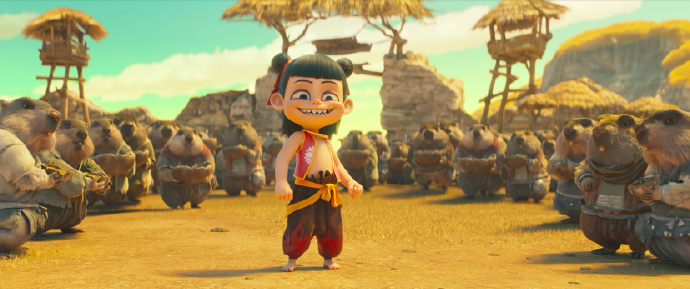

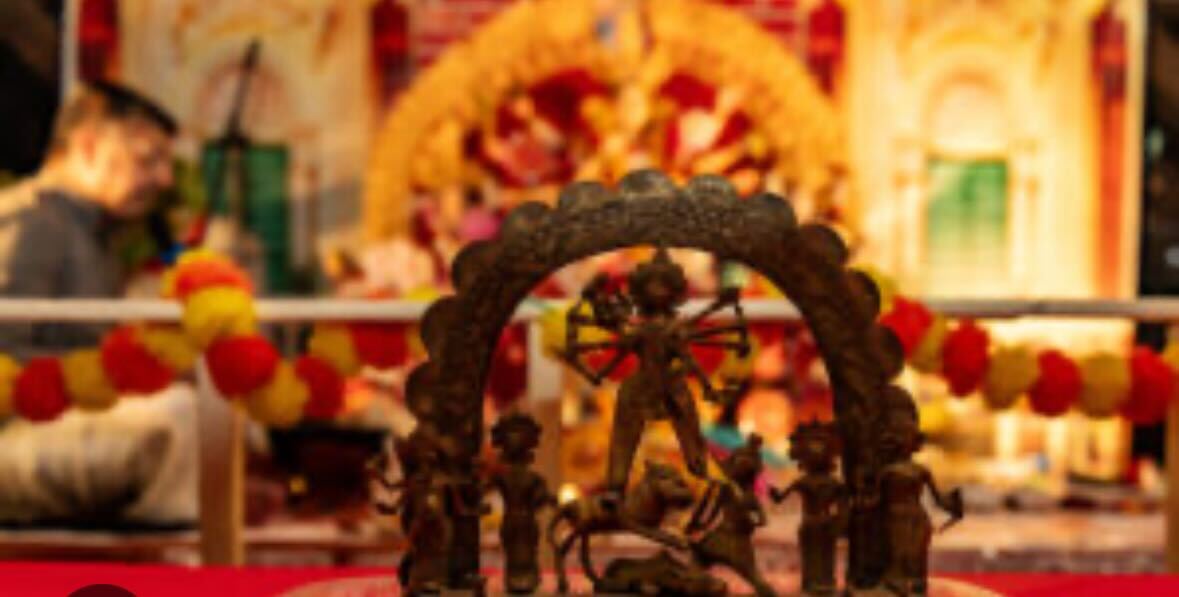


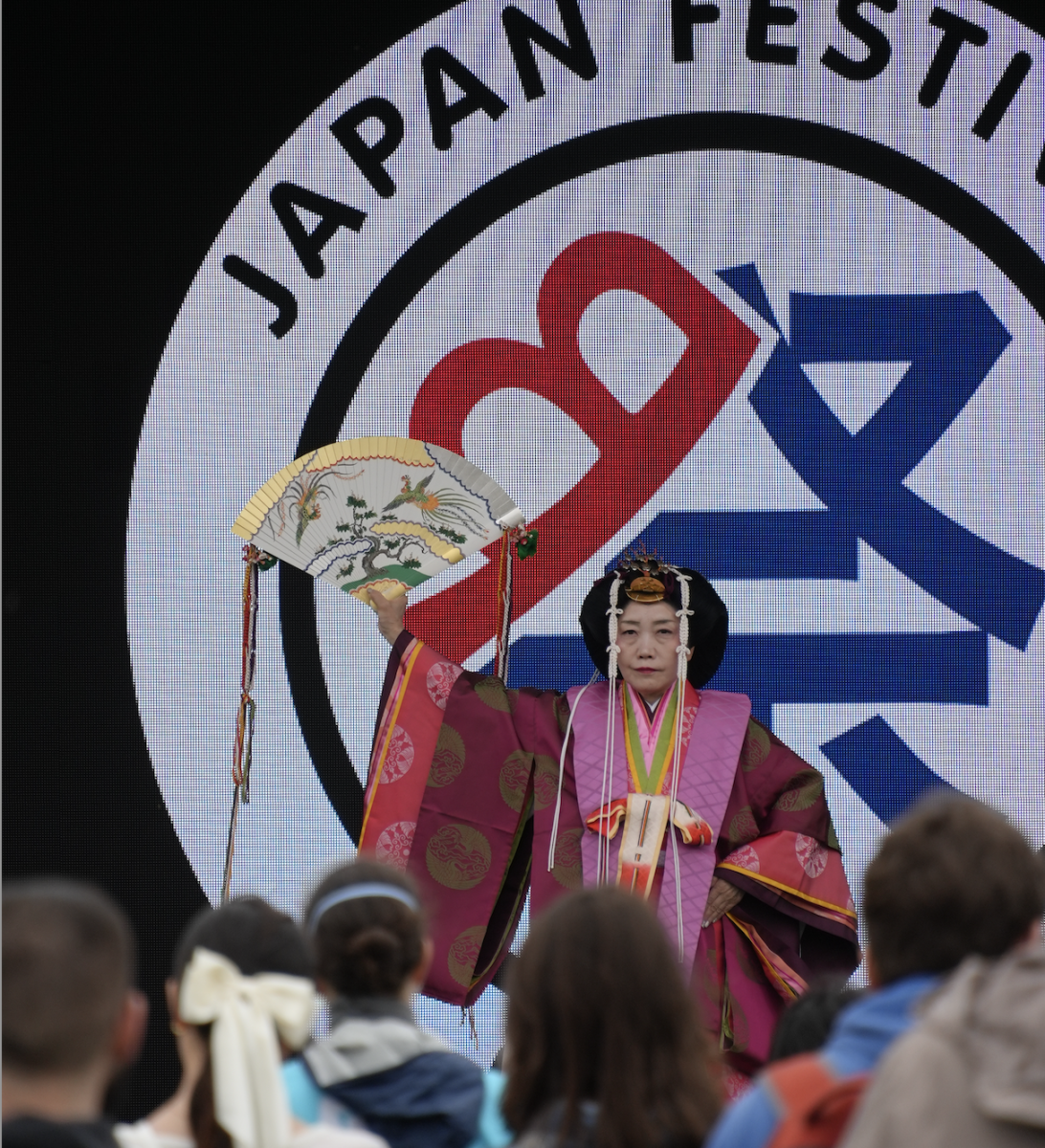
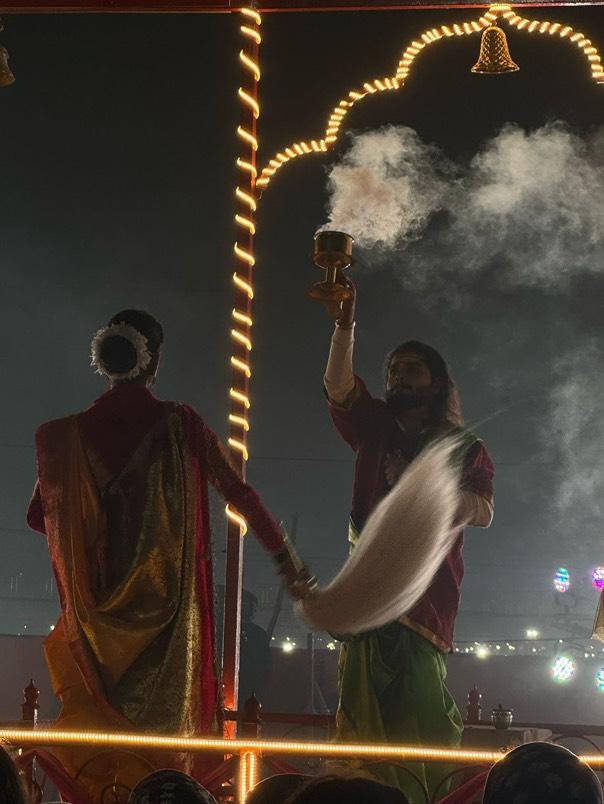
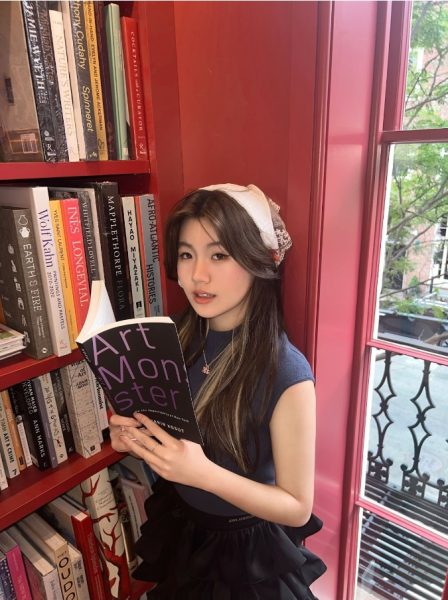
Mike • May 20, 2025 at 12:24 am
It’s true! The author really wrote well…